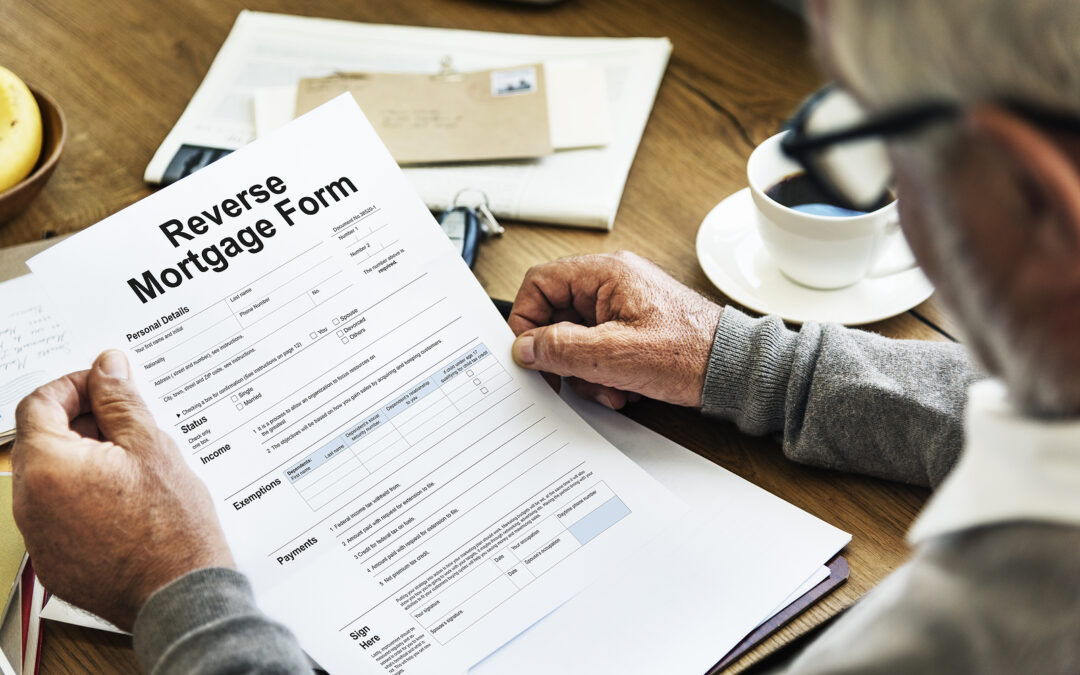A reverse mortgage is a loan based on the equity in a home that is borrowed from a lender. Understanding reverse mortgages, including the benefits and the downsides, can lead to better financial decisions. Reverse mortgages are commonly used by homeowners who need a lump sum of money for home improvements, to invest in another property, travel, or to consolidate debts. Retirees who need or want more money to maintain their lifestyle may find reverse mortgages appealing, yet these loans can increase debt and use up an individual’s equity very quickly.
Reverse mortgages are typically more expensive than other loans because the money being borrowed comes with fees and compounded interest. The fees include the appraisal fee ($300-$450), origination fee (up to but not exceeding $6000), closing cost fees (2%-5% of the loan amount), and sometimes a counseling fee ($125). Someone applying for a $50,000 reverse mortgage loan could pay roughly $7725 in fees. Interest rates vary and will affect how much money a person receives. They currently range from 7.56% HECM fixed rate to 11.635% for a Jumbo Adjustable.
Another downside to a reverse mortgage is that financial obligations on a home must be paid first. For example, if someone has a mortgage balance and has applied for a loan worth the full value of their home to be paid in monthly installments, their mortgage will need to be paid first before they can receive any money. A lump sum reverse mortgage loan may also affect a person’s eligibility for Social Security Income.
The bottom line, a reverse mortgage loan isn’t for everyone and can often lead to financial hardship. In some cases, lenders can foreclose and evict the homeowner if they fail to adhere to the terms of the contract. Alternatives to a reverse mortgage would be refinancing an existing mortgage, selling then downsizing, or applying for a second mortgage.
